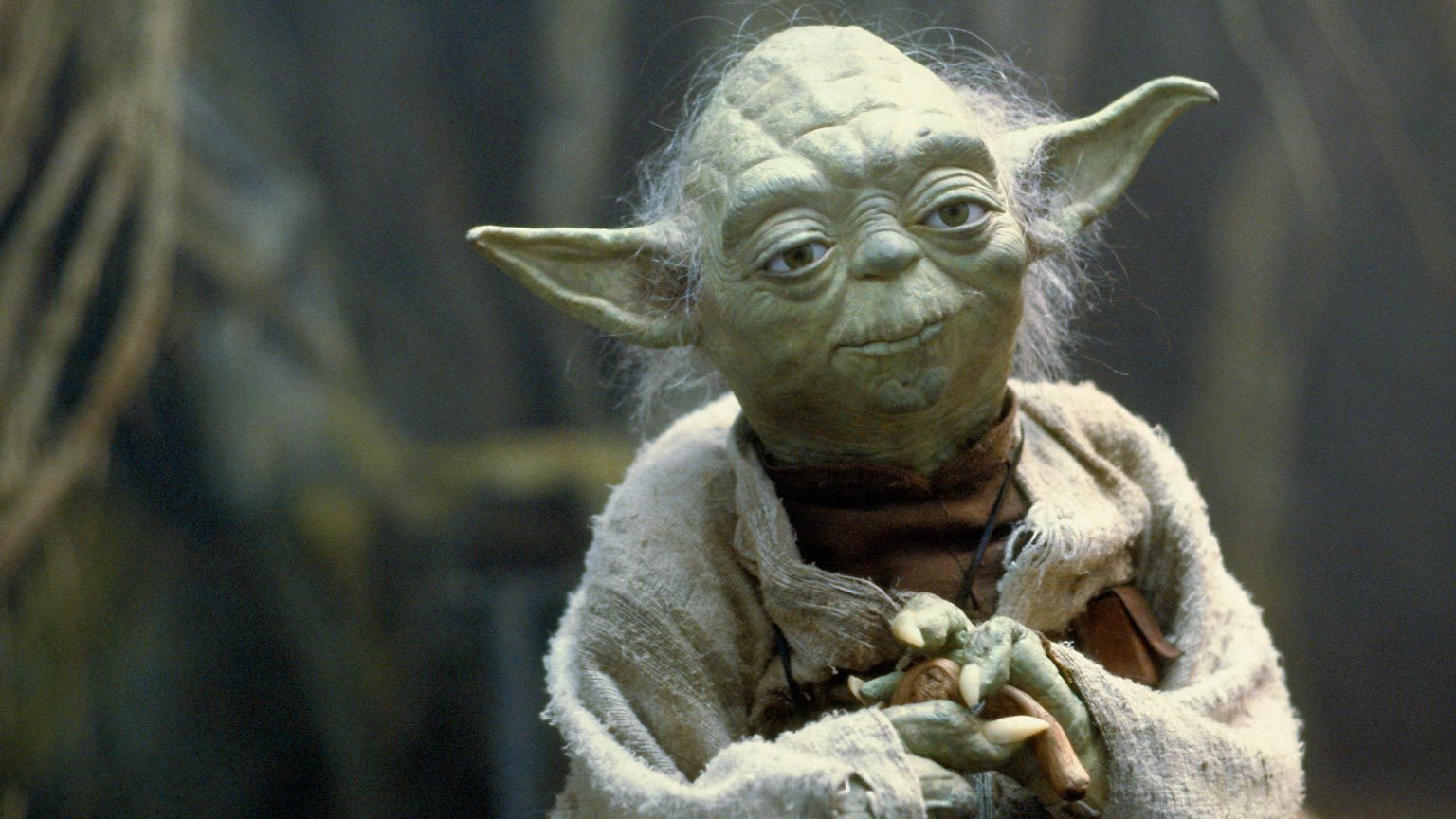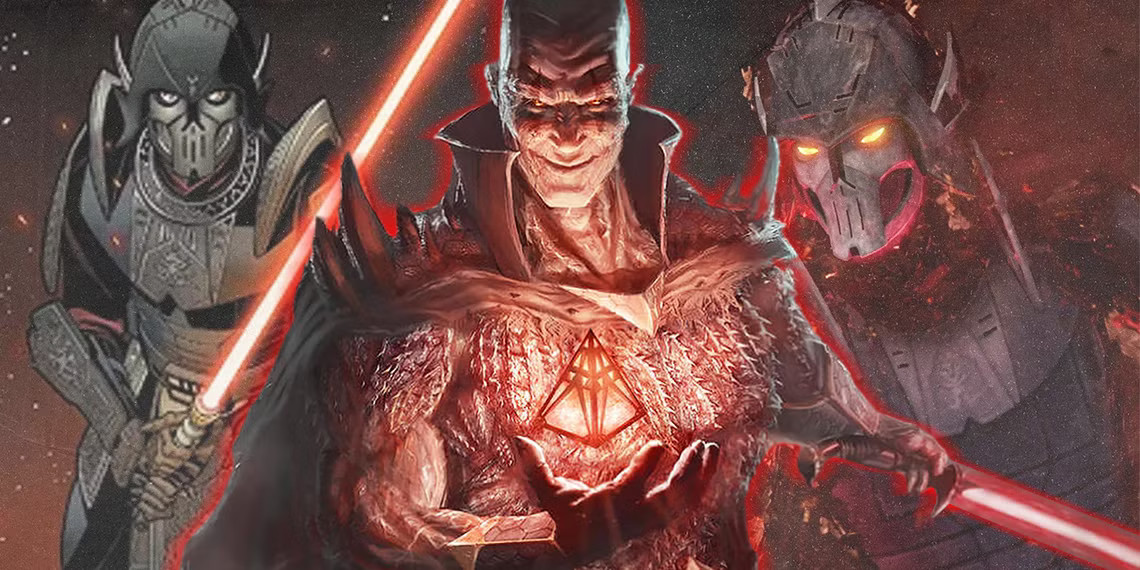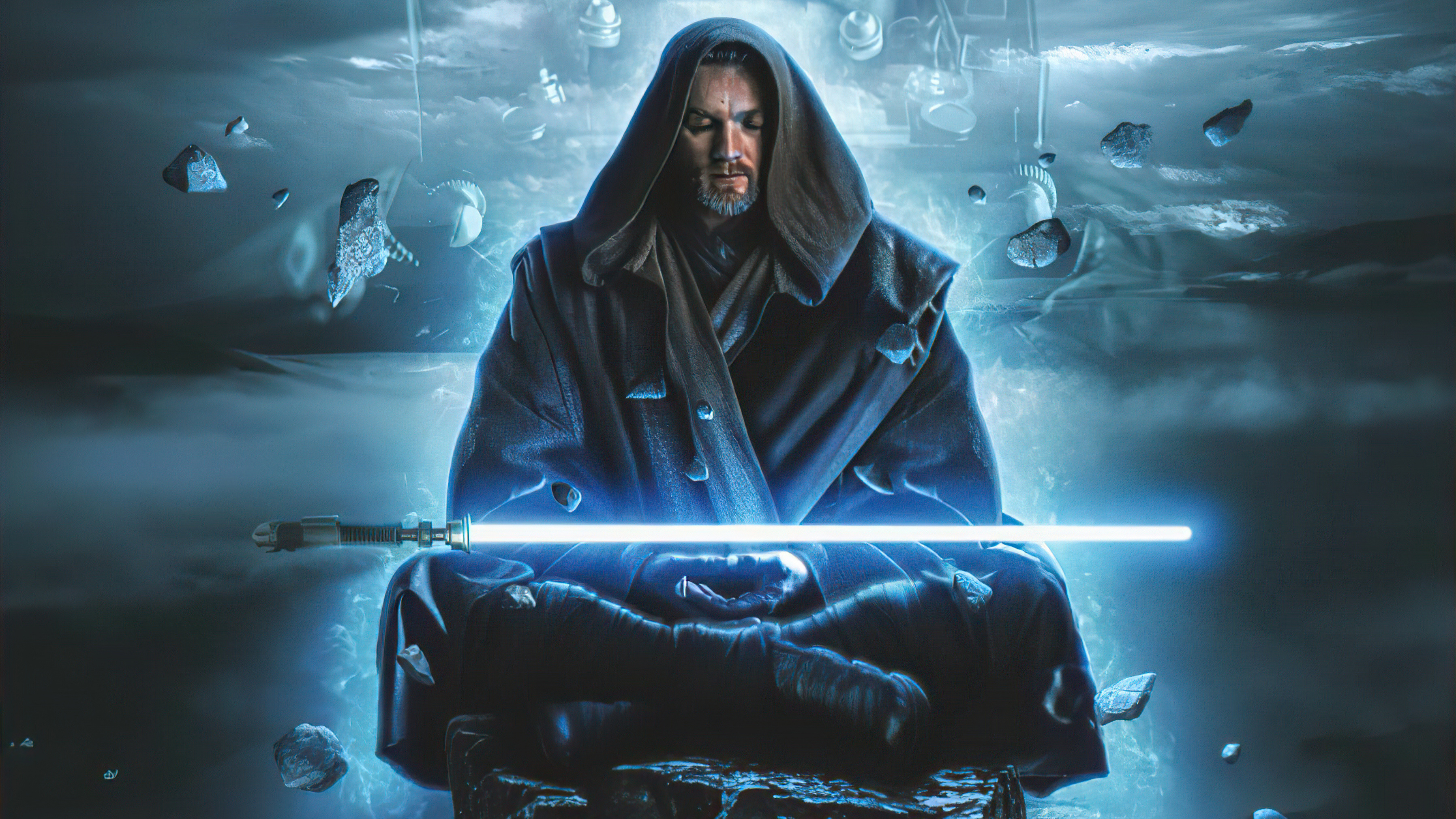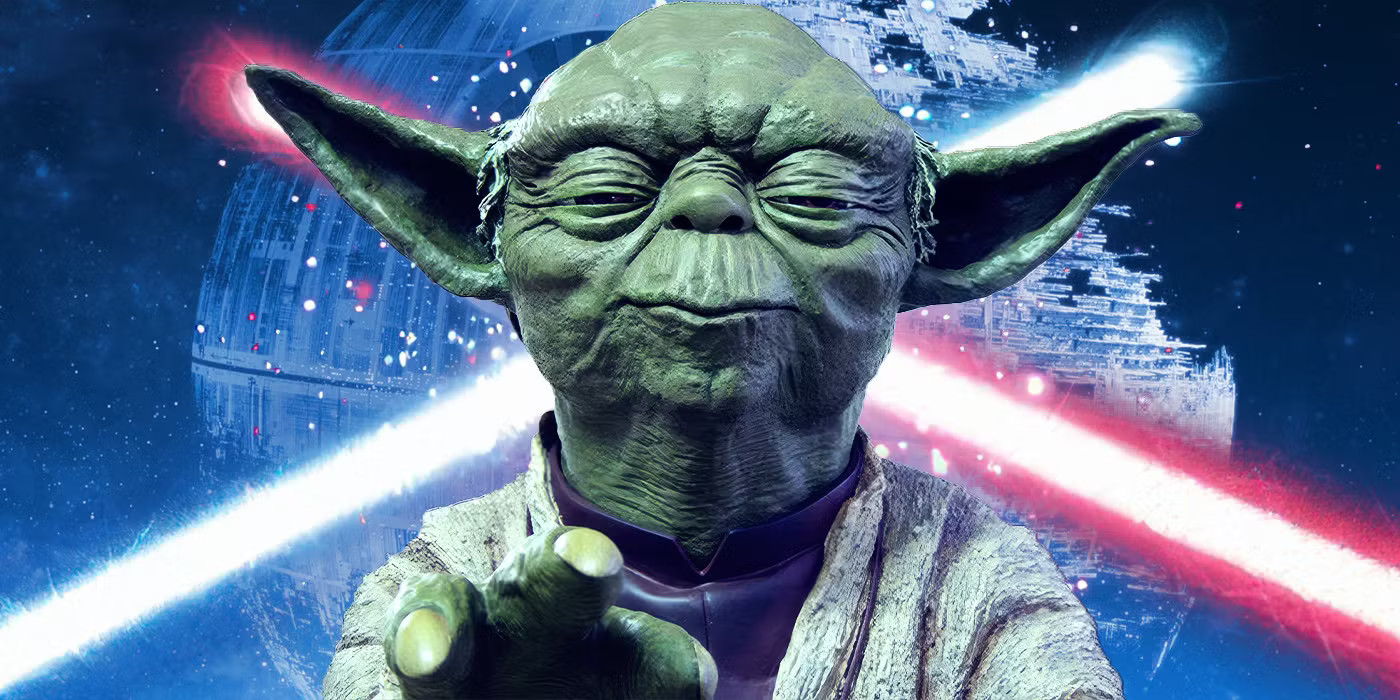As I sat down to watch the first episode of Skeleton Crew, I didn’t expect to be swept back to my childhood. It wasn’t just the visuals or the storyline that did it—it was that indescribable Star Wars feeling. Suddenly, I was a kid again, wielding a plastic lightsaber with my brother. In our imaginations, we weren’t just kids in a backyard; we were Jedi on an urgent mission to a distant alien world, grappling with adventure, danger, and wonder. There was a magic to Star Wars that felt so much bigger than the movies themselves.
George Lucas, the creator of Star Wars, envisioned the Force as a unifying energy field generated by all living entities, binding the galaxy together. This concept drew from various spiritual and religious philosophies, emphasizing a dualistic nature: the light side and the dark side. It was an exploration of balance, morality, and the existential struggles that define us.
But as I reflect on how Star Wars made me feel then, I can’t help but feel that the stories we currently tell in this universe have drifted from these original, profound themes. The nature of the Force—the deeper questions about light, darkness, and the balance between them—seems to have taken a backseat to simpler narratives. While these new tales still entertain, they often feel more like adventures in space than meditations on the human condition. That original magic—the one that made Star Wars more than just a franchise—feels harder to find.
The Light Side of the Force
The light side embodies virtues such as compassion, selflessness, and harmony. Practitioners, notably the Jedi, align with these principles, dedicating themselves to peacekeeping and the greater good. They harness the Force for knowledge and defense, avoiding aggression and dominance.

The Dark Side of the Force
Conversely, the dark side represents negative emotions like anger, hatred, and greed. It is considered a perversion of the Force’s natural state, leading to imbalance. Adherents, such as the Sith, seek power and control, often at the expense of others. Their actions disrupt the Force’s equilibrium, causing widespread suffering.

Balance in the Force
A common misconception is that balance in the Force implies an equal presence of light and dark sides. However, Lucas clarified that true balance is achieved through the dominance of the light side, with the dark side being an unnatural corruption. In a 2010 discussion with The Clone Wars writers, he stated, “The dark side is necessarily a perversion. It is not a natural, necessary form of the Force but a warped imposition on it.”

Implications in the Star Wars Narrative
This interpretation underscores the Jedi’s mission to resist the dark side’s temptations and maintain the Force’s purity. Characters like Anakin Skywalker illustrate the perils of succumbing to negative emotions, leading to personal and galactic turmoil. The narrative emphasizes that true harmony arises from selflessness and virtue, not from balancing good and evil.
In essence, Lucas’s original vision portrays the light side as the Force’s true nature, with the dark side as a disruptive force that must be overcome to restore harmony.
For a deeper insight into George Lucas’s explanation of the light and dark sides of the Force, you might find this video informative:



